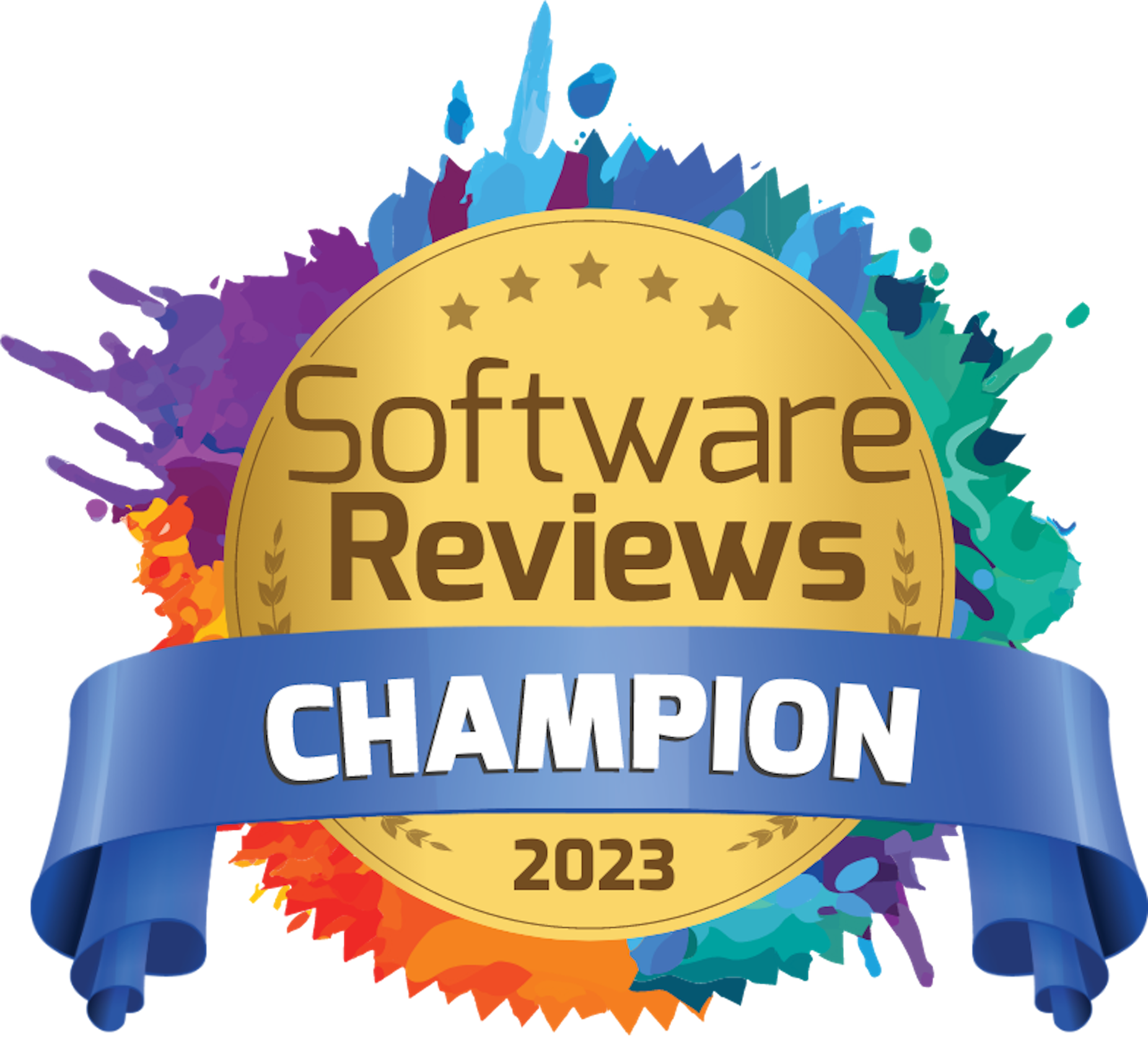Designing for tomorrow: how technology creates meaningful places
Placemaking begins with a deep understanding of a place, its unique characteristics, and its needs. By applying design thinking principles around human-centred design, placemakers can engage with local residents and stakeholders to co-create spaces that reflect a community’s values, aspirations, and cultural identity.
We discussed this in part one of this two-part series about how the intersection of placemaking, interior design, and technology transforms spaces into empowering places of connection. This second article dives deeper into the important role of technology in placemaking processes.
Digital placemaking in action.
“The intersection of people, place, and technology” has been defined as ‘digital placemaking’ by Dr. Jo Morrison – a researcher of digital innovation. Morrison explains how communities can leverage technology to share ideas with decision-makers and collaborate with others online. This ‘benefits not just the citizens but also those responsible for developing and managing public spaces, for they can better identity and implement projects that the public actually want – and value.’
Digital placemaking tools may include online surveys and augmented reality systems. For example, One Shared House 2030 is ‘a playful research project that aims to get insights on the future of coliving through a collaborative survey’ led by IKEA design studio Space10. Through a series of multiple-choice questions, the open-source project invited exploration of the ideal shared home, with findings made widely accessible for architects across the world to design people-first coliving spaces.
Even on a smaller scale, technology can make placemaking more inclusive. For instance, Town Hall-style meetings are commonplace placemaking activities for proposed projects. Historically conducted in person, physical attendance is now no longer necessary thanks to the advancement of digital tools (with lockdowns accelerating the change). Additionally, hosting digital placemaking sessions is more inclusive for individuals with disabilities, who can’t access a physical meeting space, or someone with fragmented time, like carers or mothers. With virtual workshops, people can join whenever and wherever they are.
Even further, placemakers can introduce digital tools like discussion boards or communication channels for conversations to continue beyond structured workshop times. A virtual tool creates space for social interactions, enabling people to meet and get to know one another more within digital spaces. These tools are popular with coworking and coliving providers to facilitate communications between community members.
Likewise, marketing placemaking workshops and events on social media spread greater awareness of projects. It benefits self-organised groups that open up events to a wider local community, such as garden projects, barbecues, and celebrations around culture and food. These are all examples of placemaking too.
The sustainability topic.
In today’s age, architects and designers have a greater responsibility to approach their projects more eco-consciously. It’s not just in their choice of design materials and suppliers, as digital placemaking can facilitate a virtual space for co-design processes and conversations while reducing carbon emissions. For instance, participants no longer physically travel to workshops or meetings.
For developers of mixed-use spaces, sustainability is high on the agenda. Bridging the Occupier-Landlord Gap for the Future of Workspace, a report published last year by the Urban Land Institute (ULI) explains that a building’s sustainability credentials impact leasing decisions made by tenants and occupiers. Retrofitted buildings are more attractive than buildings constructed from scratch, due to their environmental credentials.
Location is an important consideration too. The report found that well-located offices “with access to public and active transportation and clustered among a range of amenities such as restaurants, cafes, gyms, and leisure facilities, continue to command a rent premium over secondary and tertiary-located isolated office buildings.” As a result, many investors and landlords are focussing on “mixed-use developments in well-located class A prime buildings.”
For instance, the proposal for The Phoenix in Lewes, East Sussex, is a development of 685 homes, including 30% of affordable homes. But that’s not all – the old ironworks site will be transformed into coworking and creative makers’ workspaces, an events venue, a community canteen, and a health and wellness centre. The neighbourhood will create new jobs, attract businesses, and provide greater economic opportunities. Renewable energy sources will be implemented too. Its co-director, Joanne Yarrows, whose family has lived in Lewes for four generations, wants to use “the power of place to create a feeling of what better and different might be.” The neighbourhood will be almost entirely pedestrianised, an exception being made for people with disabilities, encouraging the community to connect when strolling down twittens – traditional Sussex alleyways – or hanging out in the shared communal courtyards.
Designing for social interaction.
The Phoenix neighbourhood is designed around making connections, and building a strong sense of purpose, and identity within the community. Likewise, in his book ‘Life Between Buildings,’ architect Jan Gehl explores how the ‘essential purpose of public urban space enables people to meet in a sociable way.’ This school of thought is directly associated with the placemaking process – how placemaking sparks connections between people in public spaces and buildings.
Speaking on a recent episode of the Coworking Values podcast, architect Matthias Hollwich uses the example of the office building typology to discuss why places must become more social. With fewer people commuting to the office, Hollwich urges that offices should be designed around facilitating engagement ‘to create valuable social connections.’ In fact, Hollwich worked with WeWork to ‘design the stairs smaller so as people walked past each other, you created an icebreaker.’ He explains how by strengthening social connections in a place, more people will come and use it.
Hollwich is an advocate for technology in facilitating social interactions too. During lockdowns, his teams connected on Zoom every morning to check in with each other and provide support. It’s a good example of how virtual communities can work as an alternative to the physical space in sparking connection and collaboration for groups of people.
The future of placemaking.
Placemaking matters because it harnesses the essence of a place, intertwining design, technology, and community collaboration to foster economic vitality and social cohesion. By embracing digital tools, sustainability practices, and designs that encourage social interaction, placemakers can create vibrant environments that enrich lives and strengthen communities for generations to come.
At Nexudus, we’re passionately building technology that provides space owners and operators with fully customisable, easy-to-integrate digital solutions for their spaces, across coworking, commercial real estate, hospitality and beyond. Since 2012, our award-winning technology has helped workspace owners and operators in over 90 countries digitally transform their spaces, manage them more efficiently, provide exceptional customer experiences and gather advanced analytics for better decision-making.
Related stories
New in Nexudus: Reduce no-shows & improve team bookings in your coworking space.
Meeting rooms are at the heart of collaboration in coworking spaces. Whether it's a brainstorming session, a client meeting, or a team catch-up, having a simple and efficient way to book and manage meeting rooms makes all the difference. But let’s be honest—there’s always room to improve the experience for your members.
Unlock New Revenue Streams with Our New Virtual Offices Module
The popularity of remote and hybrid working has prompted many organisations to rethink the way they utilise office space. Many have swapped their large, static HQs for more flexible satellite solutions that can accommodate a disparate workforce.
ViDA Compliance Guide: 8 Essential Steps for Coworking Spaces in the EU
Now that 2025 has arrived, the European Union's VAT in the Digital Age (ViDA) initiative is becoming a key topic for coworking spaces operating in the EU. But don’t panic—ViDA will be introduced gradually, with key changes taking effect from 2028. This major VAT reform aims to modernize tax reporting, combat fraud, and streamline compliance through mandatory e-invoicing and real-time digital VAT reporting for certain transactions.
Harnessing AI to Help Coworking Operators Understand Their Communities Better
After more than twelve years in the coworking industry, we’ve seen the movement evolve at an incredible pace, especially in recent years. Spaces have grown larger, making it harder for operators to truly connect with their communities. At the same time, expectations for higher service standards and increasing competition mean that creating tailored experiences and fostering long-term member engagement is more important than ever.
What Is Workplace Management and Why Does It Matter?
There has always been a need for workplace management – the process of organising and optimising physical spaces, resources, and operations to support people’s needs. But, as 28% of UK working adults were reported to work in a hybrid capacity last autumn (by the Office for National Statistics), the question of ‘why workplace management matters’ is more critical than ever. Let’s look at the workplace management benefits for your operations.
Exploring Coworking Software in 2025: 10 Key Nexudus Features
From automating daily processes to supporting your team in building a thriving community and boosting revenue for your business – coworking technology couldn’t be more impactful for flexible workspace operations. But with so many tools available, selecting the right tech stack for your coworking business can be overwhelming.
Unlock Your Team’s Potential with the New Nexudus Academy
As the coworking industry continues to grow and evolve, so does the Nexudus platform. We always strive to develop new features and enhance existing ones to make your job easier. When new features are introduced, there is a need to learn how to best leverage them for your space.
From Startup to AI-Powered Coworking Software Company: The Nexudus Journey
When we first launched Nexudus, we were a small, tightly-knit team wearing multiple hats—from sales to implementation and customer support. In those early days, if a customer had a question, there was a good chance that the person answering it was also the one who had built that particular feature.
Data-Driven Decisions: Using Industry Data to Shape Your Coworking Strategy
Coworking is becoming an increasingly competitive industry, making it more crucial than ever to make the right decisions. The key to success lies in having access to accurate and relevant information, which enables informed decision-making.
New Feature! - Marketing Insights for Nexudus (beta)
At the core of every thriving coworking space is its community. This has been true since the early days of the coworking movement, and it still holds today.

